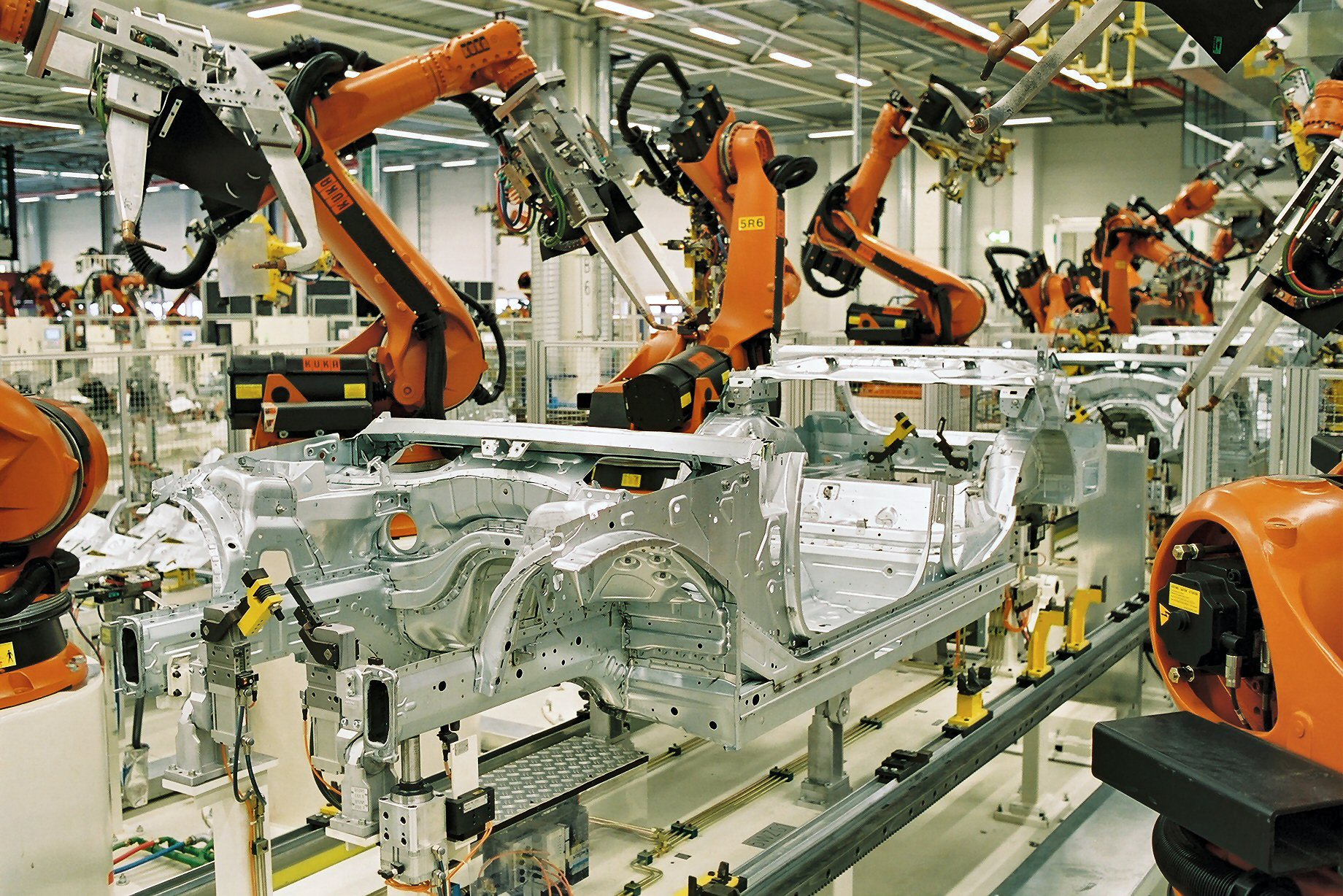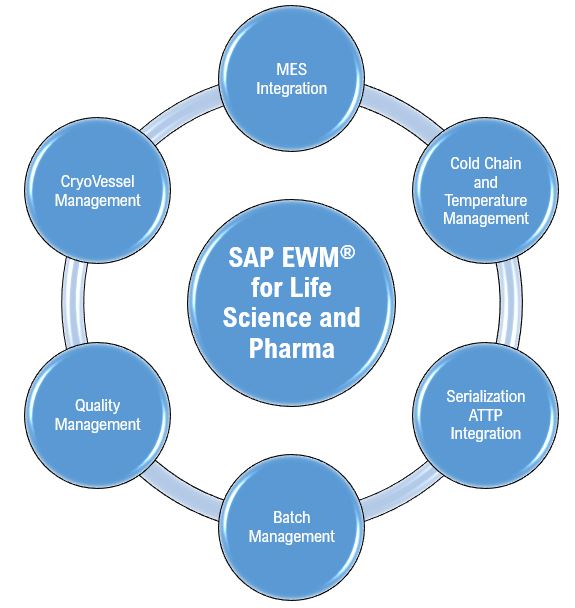Introduction
The artificial intelligence (AI) landscape has long been dominated by Western tech giants like OpenAI, Google, and Meta. However, a new player from China, DeepSeek, is making headlines with its cutting-edge AI capabilities and disruptive potential. DeepSeek has emerged as a formidable competitor, challenging the status quo with its advanced language models and open-source philosophy. This article explores the capabilities, uses, competition, and impact of DeepSeek, shedding light on how it is poised to revolutionize the AI industry.
What is DeepSeek?
DeepSeek is an AI research company based in Hangzhou, China, founded in 2023 by entrepreneur Liang Wenfeng. The company has rapidly gained recognition for developing DeepSeek-R1, an AI model that rivals Western counterparts such as OpenAI’s GPT-4. Despite facing restrictions on accessing high-end NVIDIA chips due to U.S. sanctions, DeepSeek has managed to optimize its resources efficiently, producing high-performing AI models that compete on a global scale.
Unlike many AI companies that maintain proprietary models, DeepSeek has adopted an open-source approach, allowing researchers and developers worldwide to contribute and improve its technology. This commitment to transparency and collaboration sets it apart from other major AI players.
Capabilities of DeepSeek
DeepSeek’s models have demonstrated remarkable abilities in natural language processing (NLP), image generation, and code generation. Some of the key features include:
- Advanced Language Understanding: DeepSeek-R1 is designed to process and generate human-like text with exceptional accuracy. It excels in summarizing documents, answering complex queries, and creating conversational AI applications.
- Multimodal AI: Beyond text, DeepSeek has ventured into AI models that integrate text, images, and even audio, paving the way for more sophisticated applications such as AI-powered content creation and digital assistants.
- Efficient Model Training: Despite having limited access to high-performance computing resources, DeepSeek has optimized its training methods to deliver competitive AI performance with significantly lower computational costs.
- Open-Source Innovation: Unlike proprietary models from OpenAI and Google, DeepSeek provides open access to its AI models, fostering collaboration and accelerating global AI advancements.
Applications of DeepSeek AI
DeepSeek’s AI technology has a wide range of applications across various industries:
- Education and Learning
DeepSeek’s AI models are being integrated into educational platforms to provide personalized learning experiences. Students can interact with AI tutors that offer instant feedback, help with homework, and provide explanations for complex topics. - Content Creation
Writers, journalists, and marketers can leverage DeepSeek’s AI to generate high-quality content, summarize articles, and assist in creative writing. This has the potential to significantly improve productivity and streamline content production. - Software Development
DeepSeek’s AI-powered code generation tools can assist developers in writing and debugging code more efficiently. By automating repetitive tasks, developers can focus on innovation and complex problem-solving. - Healthcare and Medical Research
AI-powered diagnostic tools developed by DeepSeek are being explored for analyzing medical data, identifying diseases, and assisting doctors in treatment planning. This can revolutionize healthcare accessibility, especially in remote areas. - Business and Customer Service
Companies are utilizing DeepSeek AI for automated customer support, enhancing chatbots with more natural and intuitive interactions. This improves customer experience and reduces operational costs for businesses.
Competition in the AI Industry
DeepSeek is entering a competitive landscape dominated by Western AI giants such as:
- OpenAI (GPT-4 and ChatGPT) – Known for its industry-leading AI models, OpenAI has pioneered many breakthroughs in NLP. DeepSeek’s open-source model poses a direct challenge to OpenAI’s proprietary ecosystem.
- Google DeepMind (Gemini) – Google’s AI division is developing advanced multimodal AI models. DeepSeek’s focus on efficiency and cost-effectiveness gives it an edge in markets where computational resources are limited.
- Anthropic (Claude AI) – This AI firm emphasizes ethical AI development, competing with DeepSeek in areas of responsible AI usage and model transparency.
- Meta (LLaMA models) – Meta’s open-source AI approach aligns with DeepSeek’s philosophy, making them both potential allies and competitors in the AI research community.
Impact of DeepSeek on the AI Revolution
DeepSeek’s emergence marks a shift in the global AI power balance, with China positioning itself as a leader in AI innovation. The impact of DeepSeek’s success can be observed in several key areas:
- Democratization of AI
DeepSeek’s open-source model allows smaller AI research labs, startups, and independent developers to access state-of-the-art AI technology without relying on costly proprietary models. This fosters innovation and levels the playing field in AI development. - Disrupting the AI Business Model
While companies like OpenAI and Google generate revenue through API-based AI services, DeepSeek’s open approach challenges the notion of AI as a proprietary, paywalled resource. This could force major AI firms to reconsider their pricing strategies. - National Security and Geopolitics
The rise of DeepSeek has sparked debates over AI’s role in national security. The U.S. Navy has already banned its personnel from using DeepSeek AI due to concerns about data security and potential access by the Chinese government. This underscores the increasing geopolitical tensions surrounding AI advancements. - Market Disruptions
In early 2025, the DeepSeek app surpassed ChatGPT as the most downloaded AI application in the U.S., causing a decline in the stock prices of NVIDIA and other AI-related tech firms. This highlights DeepSeek’s growing influence in the AI market and its ability to disrupt industry giants.
Challenges and Ethical Considerations
While DeepSeek presents numerous opportunities, it also faces challenges:
- Data Privacy Concerns: Western countries have raised concerns about potential government access to user data, which may hinder DeepSeek’s global adoption.
- Intellectual Property Disputes: OpenAI has accused DeepSeek of using distillation techniques to replicate its models, leading to legal debates over AI intellectual property rights.
- Ethical AI Usage: As AI becomes more powerful, ensuring responsible usage, avoiding bias, and preventing misinformation remain critical challenges for DeepSeek and the broader AI community.
Conclusion
DeepSeek’s rapid rise as a major AI contender showcases China’s ambition to lead in the AI revolution. By offering cutting-edge technology with an open-source philosophy, DeepSeek is challenging Western AI monopolies and shaping the future of AI development. As AI continues to evolve, DeepSeek’s impact on technology, business, and global power dynamics will be closely watched. Whether it becomes the dominant force in AI or a key player in a more diverse ecosystem, one thing is certain—DeepSeek is a name that will define the next era of artificial intelligence.








